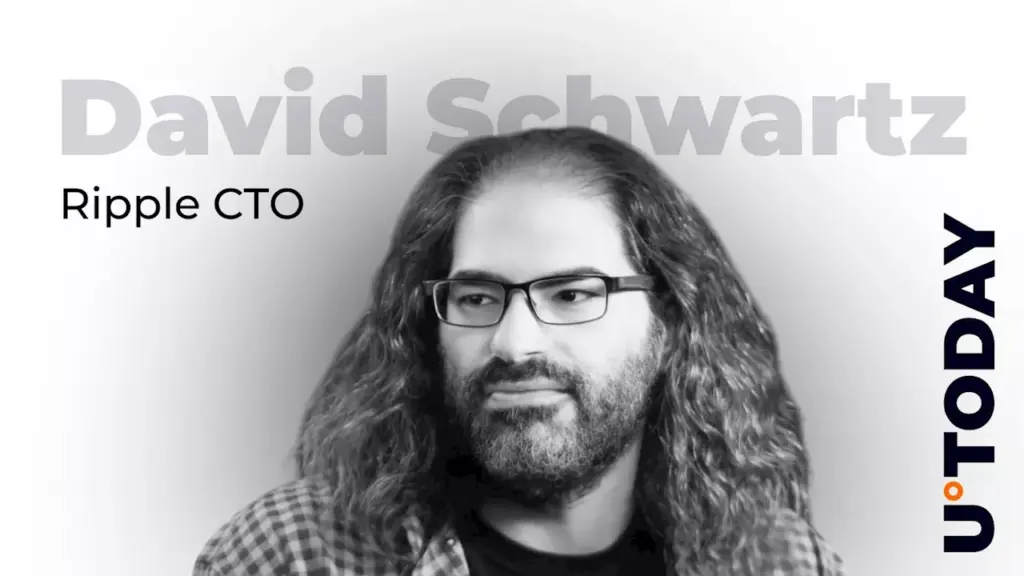
Ripple’s Chief Technology Officer, David Schwartz, has unveiled plans to introduce a two-layer consensus model for the XRP Ledger (XRPL). This proposal comes as Schwartz reflects on the significant changes in the blockchain landscape since XRPL’s inception in 2012. He emphasizes that his views on governance and consensus have evolved, particularly as new use cases and technologies emerge, prompting a serious consideration of how XRPL can more effectively support decentralized finance (DeFi) natively.
Schwartz stated, “With programmability initiatives and smart contract discussions underway, it seemed like a good time for us to also discuss what other DeFi capabilities natively could look like.” His insights highlight the importance of adapting XRPL’s framework to enhance its functionality in the rapidly changing DeFi space.
Two-Layer Consensus Model
The proposed two-layer model consists of an outer layer that manages governance, amendments, fees, and network policing. The inner layer, meanwhile, would focus on frequent ledger advancements and could incorporate staking and slashing mechanisms. Schwartz believes this structure would maintain XRPL’s advantages, such as speed and low transaction costs, while encouraging validator diversity and overall network resilience.
He distinguishes XRPL from traditional Proof of Stake (PoS) blockchains, asserting that its validators are intended to be equal. “It’s about stability and trust, not about who holds the most tokens,” Schwartz explained. This perspective underlines XRPL’s unique approach to consensus, which prioritizes efficiency and reliability over token dominance.
The technical elegance of this two-layer approach aligns with XRPL’s core philosophy, which Schwartz argues is more suitable than transitioning XRPL into a conventional PoS system.
In addition to the two-layer model, Schwartz is exploring the use of transaction fees to finance zero-knowledge proofs for smart contract execution. This innovation aims to facilitate complex on-chain operations without burdening every node with intensive computations, thereby preserving the network’s efficiency.
Market Context and Future Implications
The discussion surrounding XRPL’s evolution is particularly relevant as the cryptocurrency market continues to experience fluctuations. In recent reports, XRP has shown resilience, maintaining an increase of 89% over the past year despite recent price corrections. As of now, XRP’s price stands at approximately $2.27, with a market capitalization of $136 billion.
The introduction of a two-layer consensus model could position XRPL favorably against competitors in the DeFi space, providing enhanced capabilities while keeping transaction costs low. The potential for XRPL to support native DeFi solutions could attract new users and developers, further solidifying its place in the evolving blockchain ecosystem.
Schwartz’s insights come as the Cardano Summit 2025 concluded in Berlin, emphasizing the growing interest from traditional financial institutions in blockchain technology. As the industry evolves, the need for innovative consensus mechanisms like Schwartz’s proposal may become increasingly critical to ensure scalability, security, and trust in decentralized finance.
The ongoing developments in XRPL and Schwartz’s forward-thinking strategies showcase Ripple’s commitment to adapting to the dynamic landscape of digital currencies and blockchain technology.






